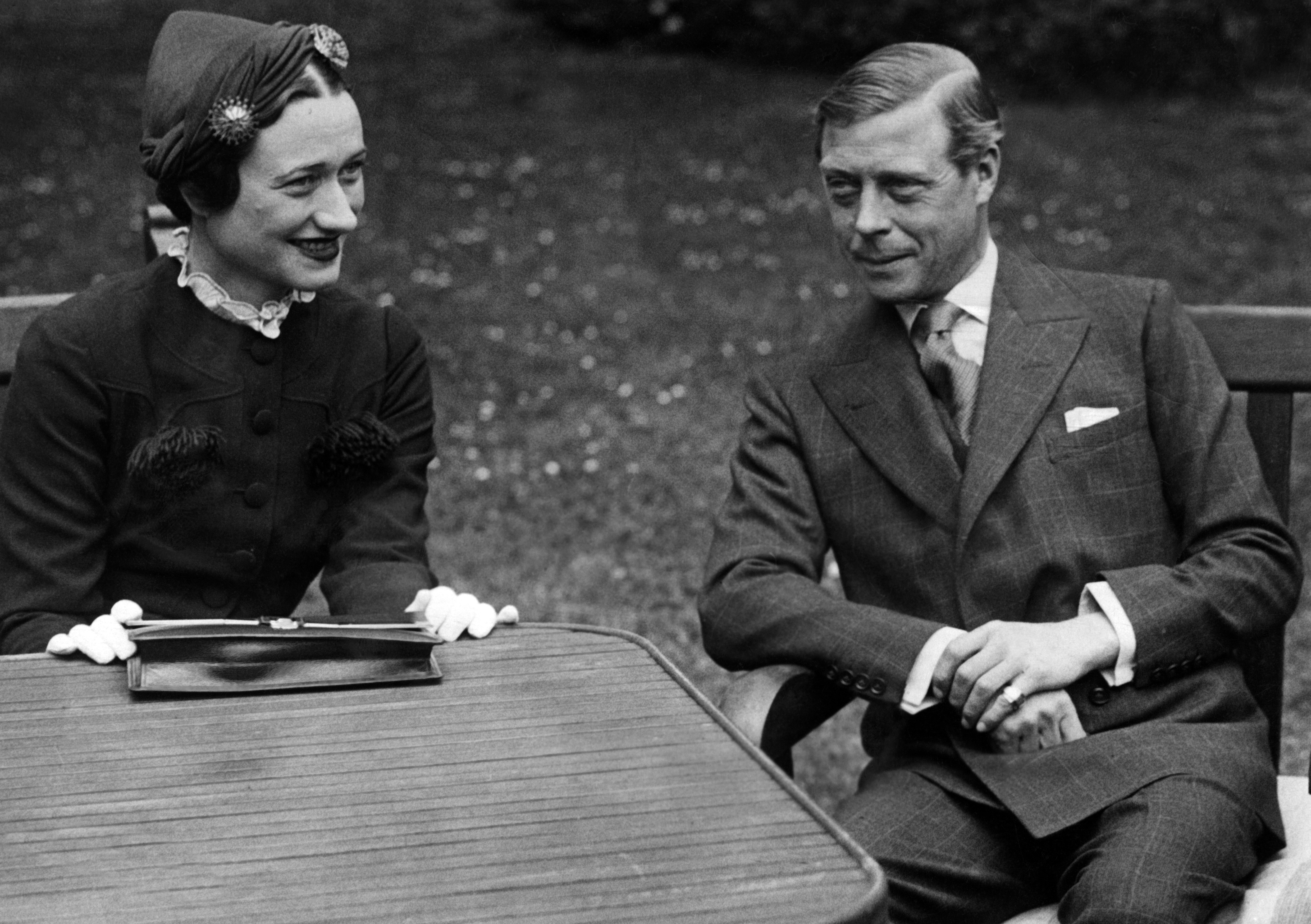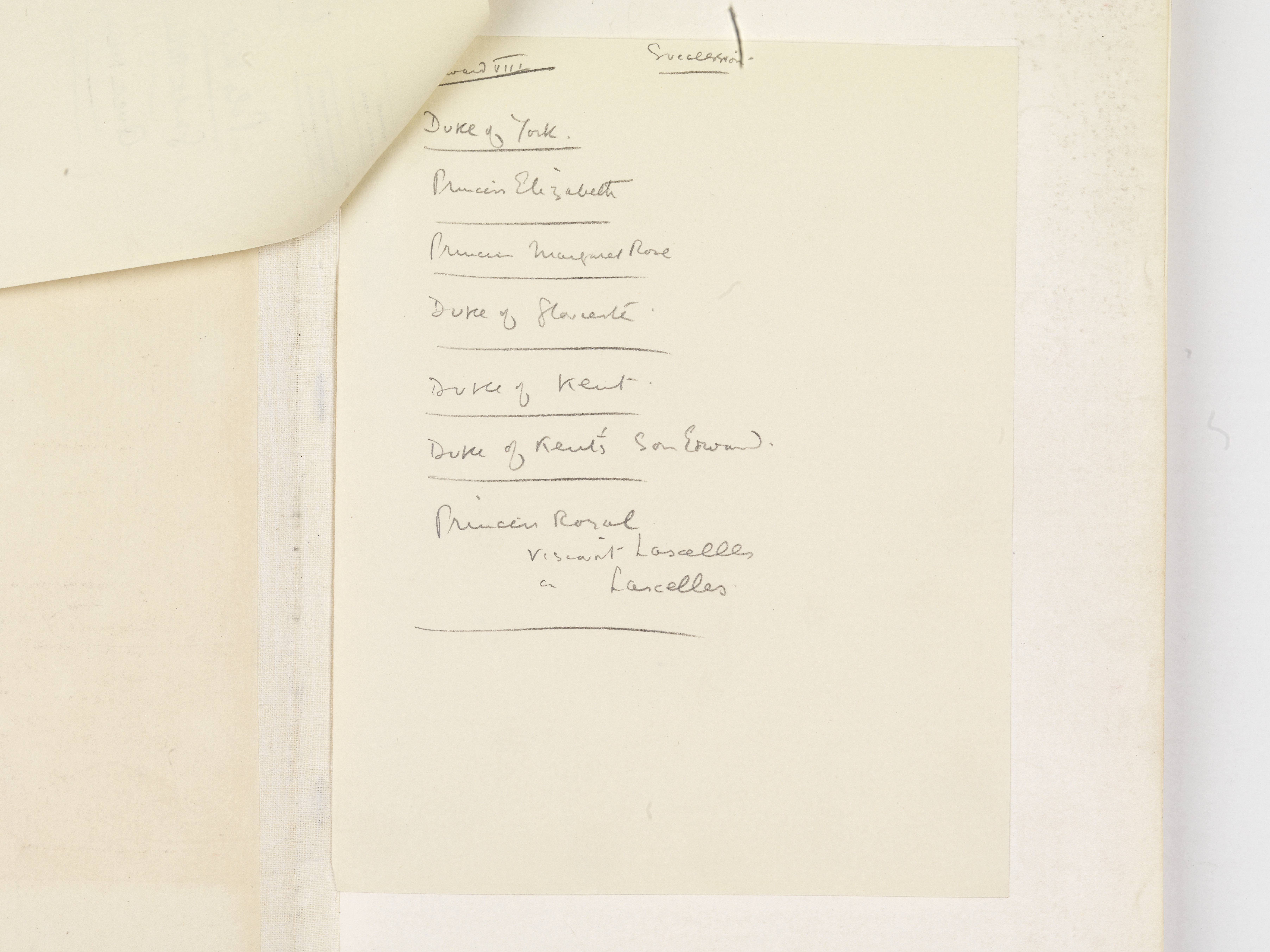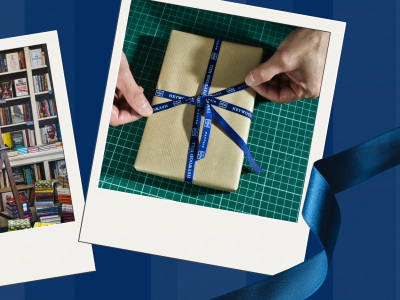On 3 December 1936 Bruce Ingram, the Editor of The Illustrated London News, was in his office in Inveresk House on The Strand, now One Aldwych hotel. Ingram was the grandson of the famous journal’s founder, Herbert Ingram, and reigned as Editor from 1900 to 1963. Ingram held an unseen and precious printer’s proof in his hands and it had just dawned on him that he was about to face a very grave problem. The printer’s proof was intended for The Coronation Record Number 1937 for King Edward VIII which The Illustrated London News had been preparing for this lavish edition months in advance and it was almost ready to go to press. There were just a few pages left blank for the final advertisements and a final article. This moment of realisation led to what was possibly the first royal photoshop in history.'
The King that was Airbrushed out of History: The First Royal Photoshop?
21st March 2024
An early example of a 'royal photoshop' goes back nearly a century, reports Lisa Barnard, Chief Executive, Illustrated London News, giving historical context to the recently acknowledged photoshop by The Princess of Wales, which pales into insignificance in comparison. Unearthed in the ILN archives several years ago was the single printer’s proof edition of ‘The Coronation Record Number’ for King Edward VIII, prepared in advance of his planned Coronation on 12 May 1937. As a result of the Abdication, this edition was of course never published, but the resourceful editor was able to swap one uncrowned King for his brother in the lead portraits. The ILN's editor’s contemporary notes, hitherto unseen, tell the tale of an almighty airbrush.
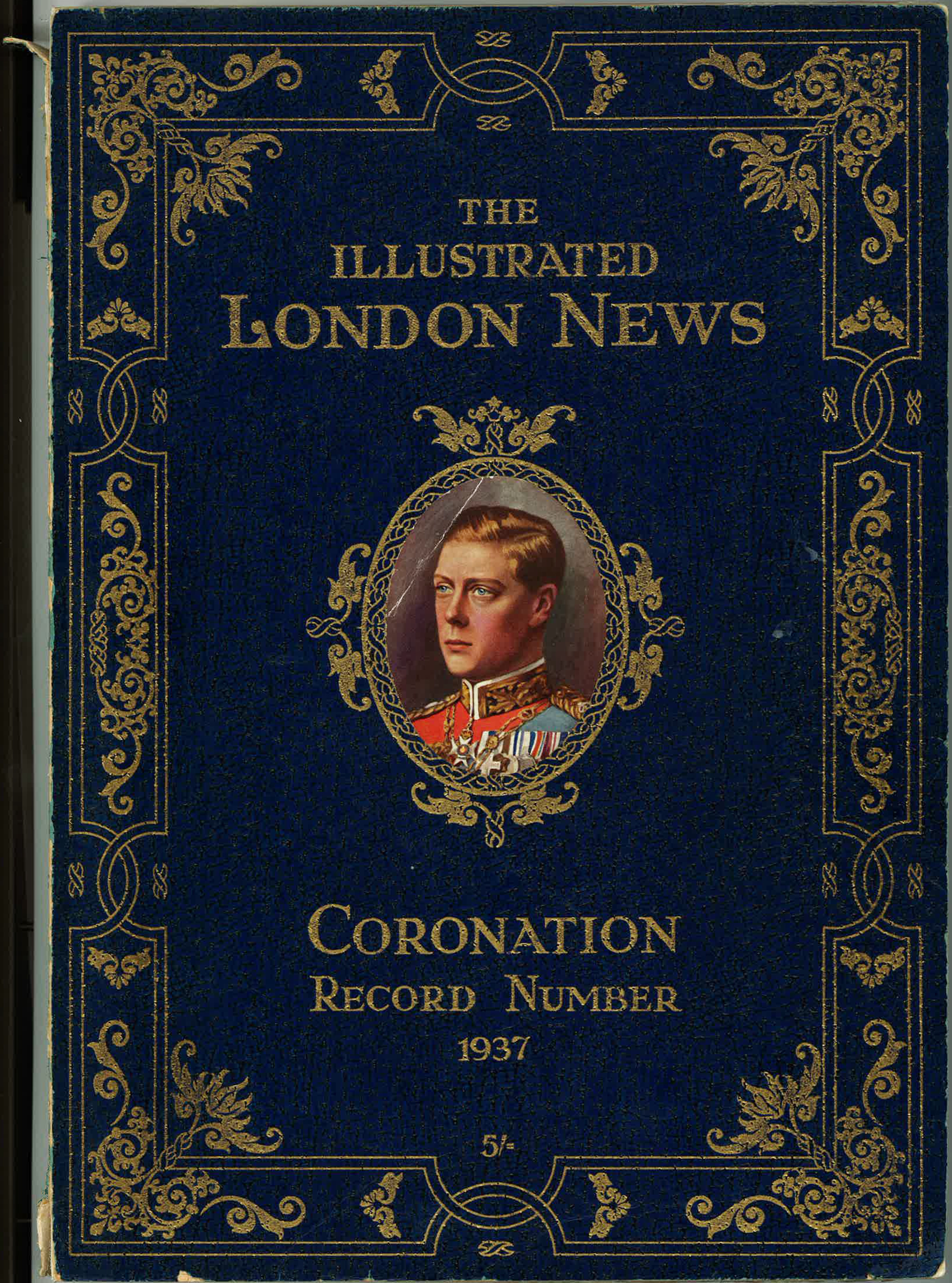
The lead illustrations were portraits of King Edward VIII posing in his Coronation robes, with a ‘Frontispece’ portrait by the artist Albert H Collings and paintings of The King’s crowning and homage in Westminster Abbey by Henry C Brewer and Fortunino Matania. The Illustrated London News was privileged in its unique access to royal circles, and well-placed to commission exclusive portraits of Kings and Queens by well-known artists for special issues, prepared well in advance of significant events such as Coronations, Jubilees and Royal Weddings. We do not know if Collings had a sitting with King Edward, but ILN's commissions would almost certainly have been made with the Palace’s cooperation.
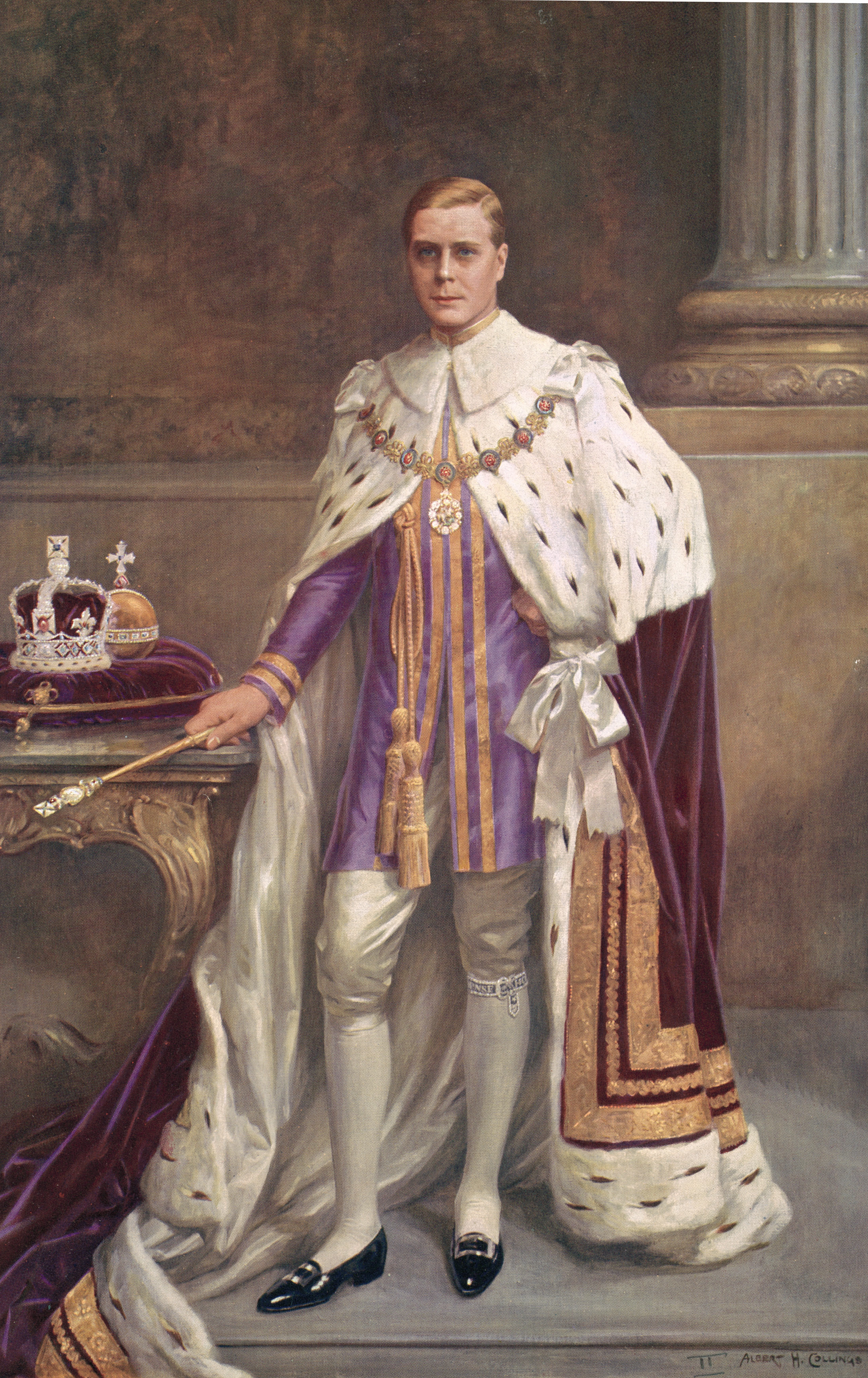

Ingram had his editor's ear to the ground and word had reached him that there was a serious probability that King Edward would abdicate the throne, in order to marry the woman he loved, the divorcée Mrs Wallis Simpson.
This was to become a national crisis and would mean that King Edward’s brother The Duke of York – Albert, or ‘Bertie’ as he was known to his family – would succeed as King, but for Ingram this represented an editorial ‘crise’. It meant that the ILN’s lavish Coronation edition for King Edward VIII would never be published. Ingram jotted notes attached to the inside front cover dated 3 Dec “Revisions if King Ed. VIII abdicates”, with the new line of succession: The Duke of York, Princess Elizabeth, Princess Margaret etc. It was not only a turning point for King Edward’s brother, who was to become King George VI, but also when Princess Elizabeth’s life changed irrevocably. It meant Elizabeth would become Heir Presumptive, destined to be the future Queen.
In the same note, Ingram made a list of the pages which would have to be changed. With everything ready to go to press and the prospect of excellent sales for the bumper Coronation Edition being threatened, the Abdication was an editor’s nightmare.
How the royal 'photoshop' came about
On 10 December 1936, exactly a week after Ingram’s note, King Edward indeed announced his Abdication, and Ingram and his team pragmatically set to work on the revised Coronation Record Number for King George VI. Ingram was a resourceful editor, and thrifty with his budget. He had made a note in his revisions against the Frontispiece “convert to Duke of York”. Hence he summoned the artist Albert Collings and requested him to replace the face of Edward VIII with King George VI. We know this from the original bill ILN has in our archives that shows Collings was paid £178 and 10 shillings for the commission and £21 for an 'alteration to the face'. £200 was of course a great deal of money in the 1930s – no wonder Ingram did not wish to commission a new portrait of King George.
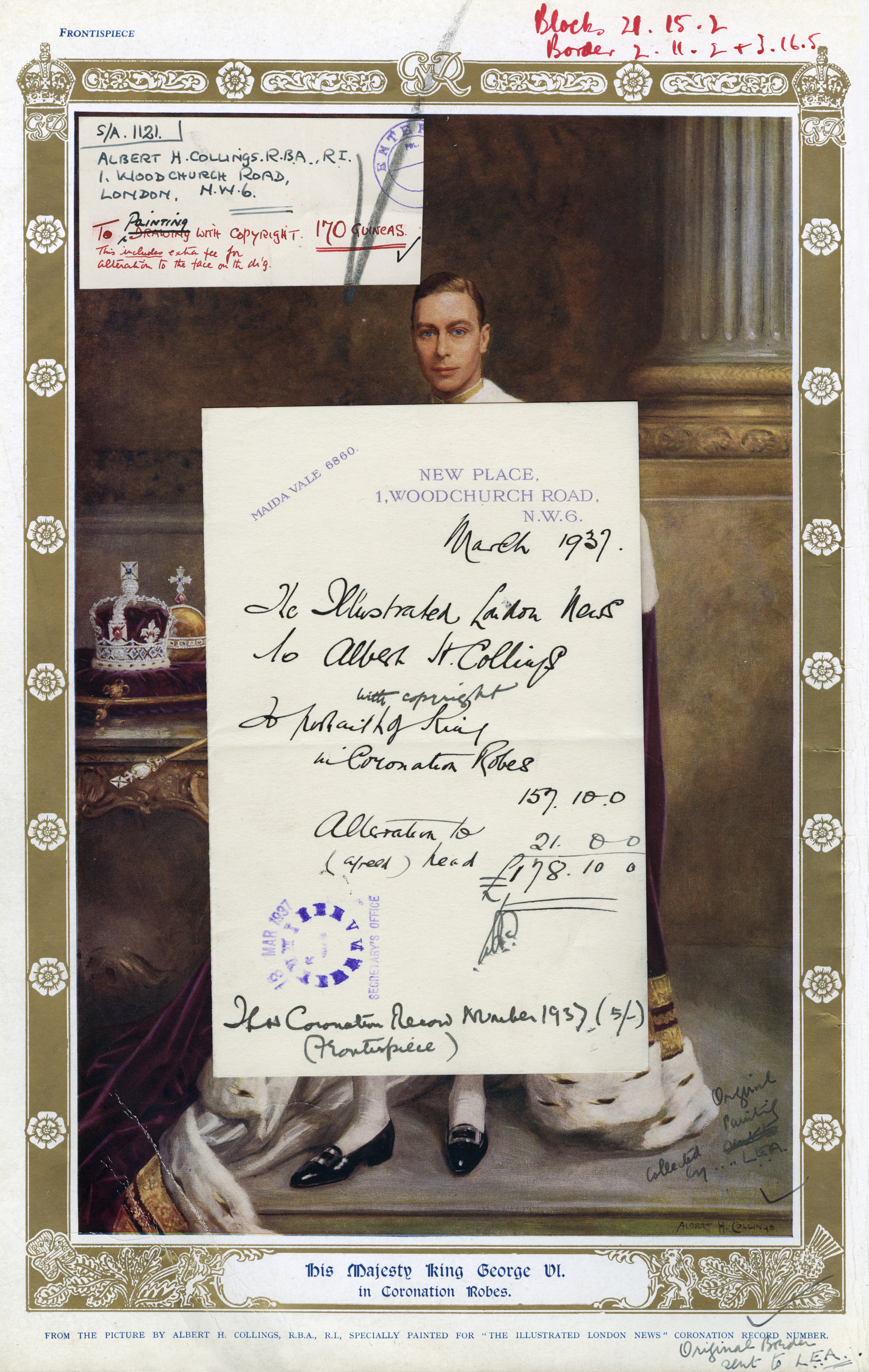
The result was an updated Coronation Record Number 1937, where the head of King George VI is superimposed over King Edward VIII's in several instances, possibly the first major example of a royal ‘photoshop’ or rather ‘portrait-swap’. Edwards VIII was effectively airbrushed out of history. Not only did King George VI have to step metaphorically and reluctantly into his brother’s shoes, he even had to don his painted robes clothing his brother’s body and did not get his own original portrait in the ILN Coronation issue. He was “crowned” also in his brother’s body, as depicted by Brewer and Matania.


In a historic context these ‘alterations’, the recent self-confessed tweaks by The Princess of Wales to her Mother’s Day Instagram photograph in a quest to please, can be dismissed as minor tinkering – who really cares what the sleeves might have looked like. Photoshop of course did not exist in 1936 and this was the replacement of an entire head from one King to the next, in the interests of editorial expediency. Whether readers of The Illustrated London News Coronation Record Number 1937 suspected a regal head swap is unlikely, but a “kill notice” back in the day would be unthinkable!
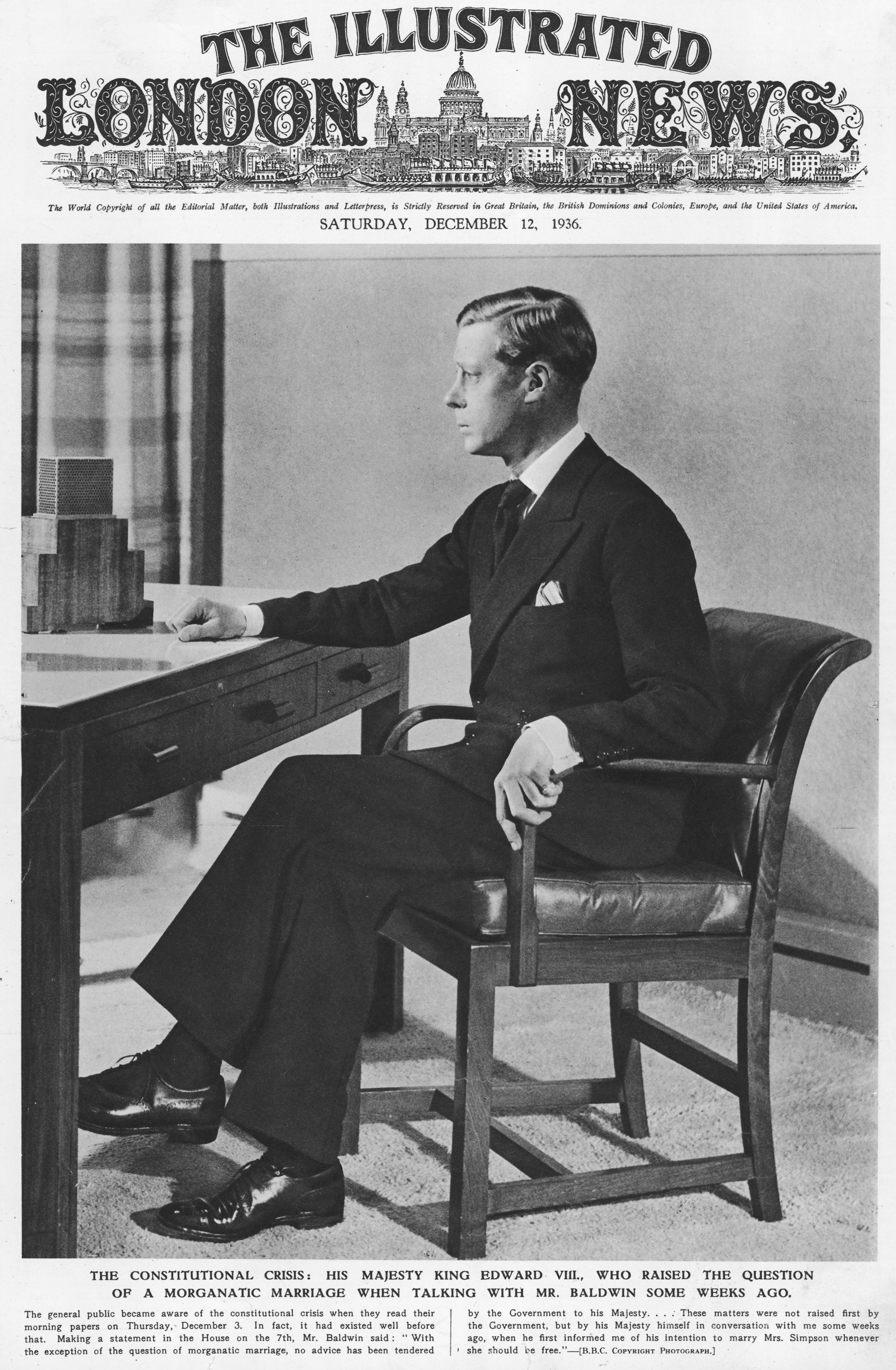
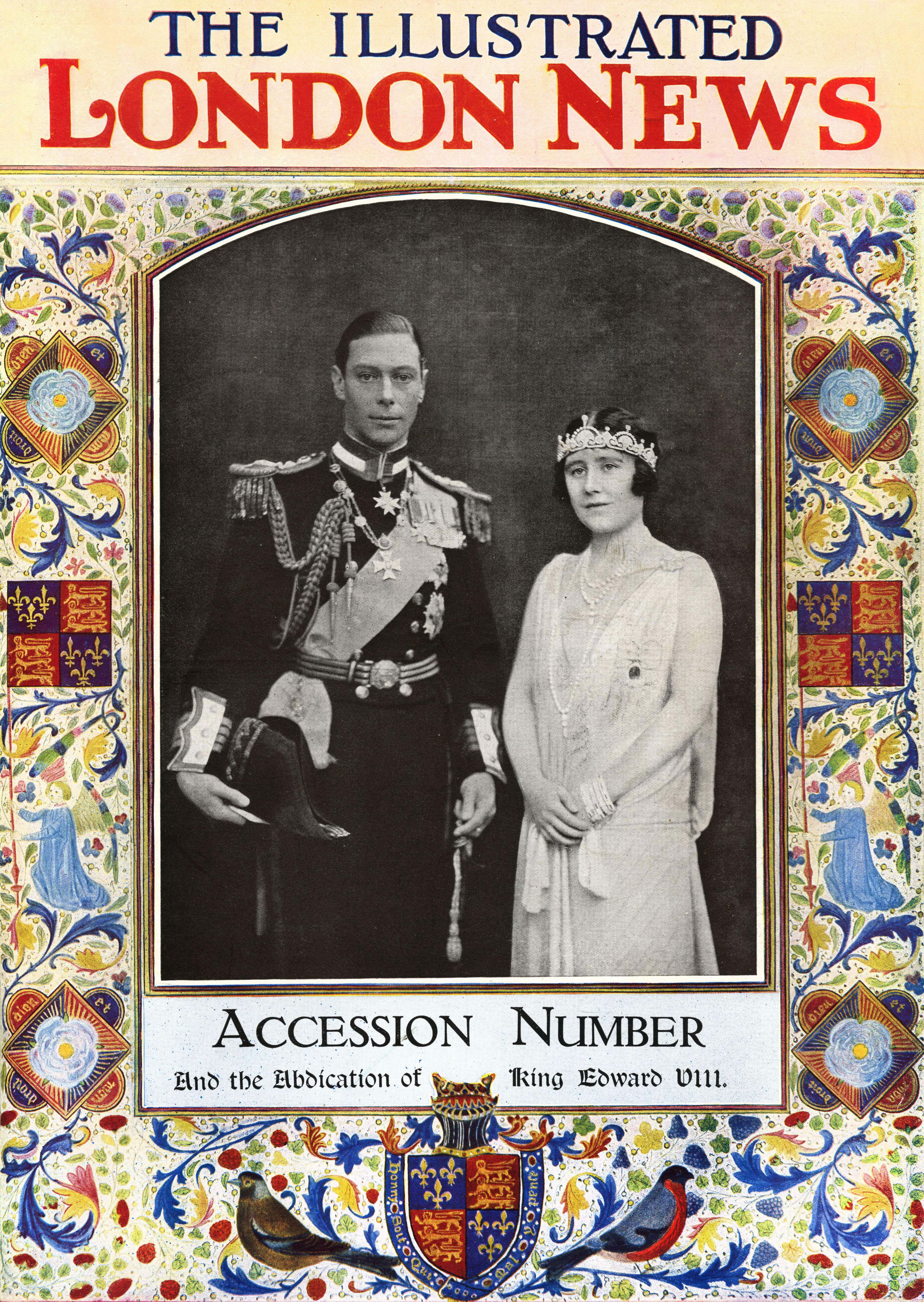
Ingram even managed to recycle some of the material on King Edward VIII, when the ILN put out a special ILN “Abdication and Accession issue”, including a whole essay which had been due to run in the Coronation issue. This was turned into a tribute to the former King, described as an “Abdication Eulogy”.
We do not know exactly what discussions took place with the Palace, but the altered portrait would undoubtedly have been approved. King George VI must have recognised there was no other option, as Bruce Ingram was later knighted in The King’s New Years Honours list in 1950. Sir Bruce Ingram, we salute you as a legendary Editor!
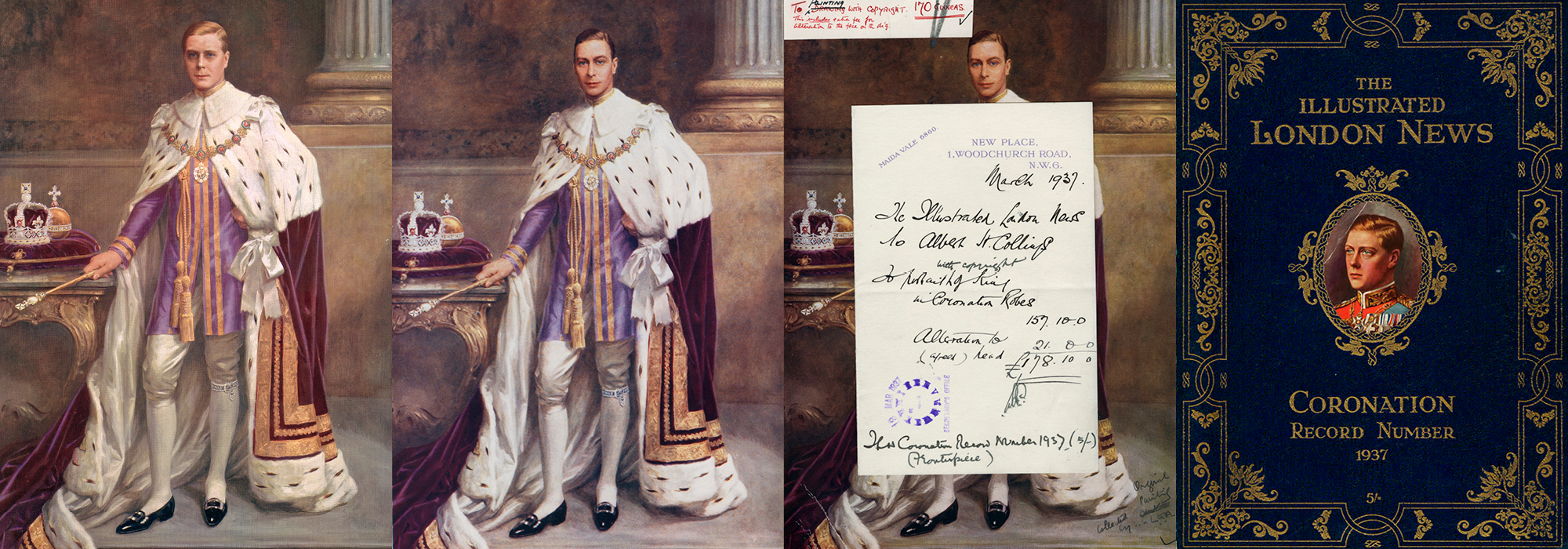
Read our article on ILN Coronation editions.
All images are subject to ILN copyright. For licencing enquiries, please contact Mary Evans Picture Library

